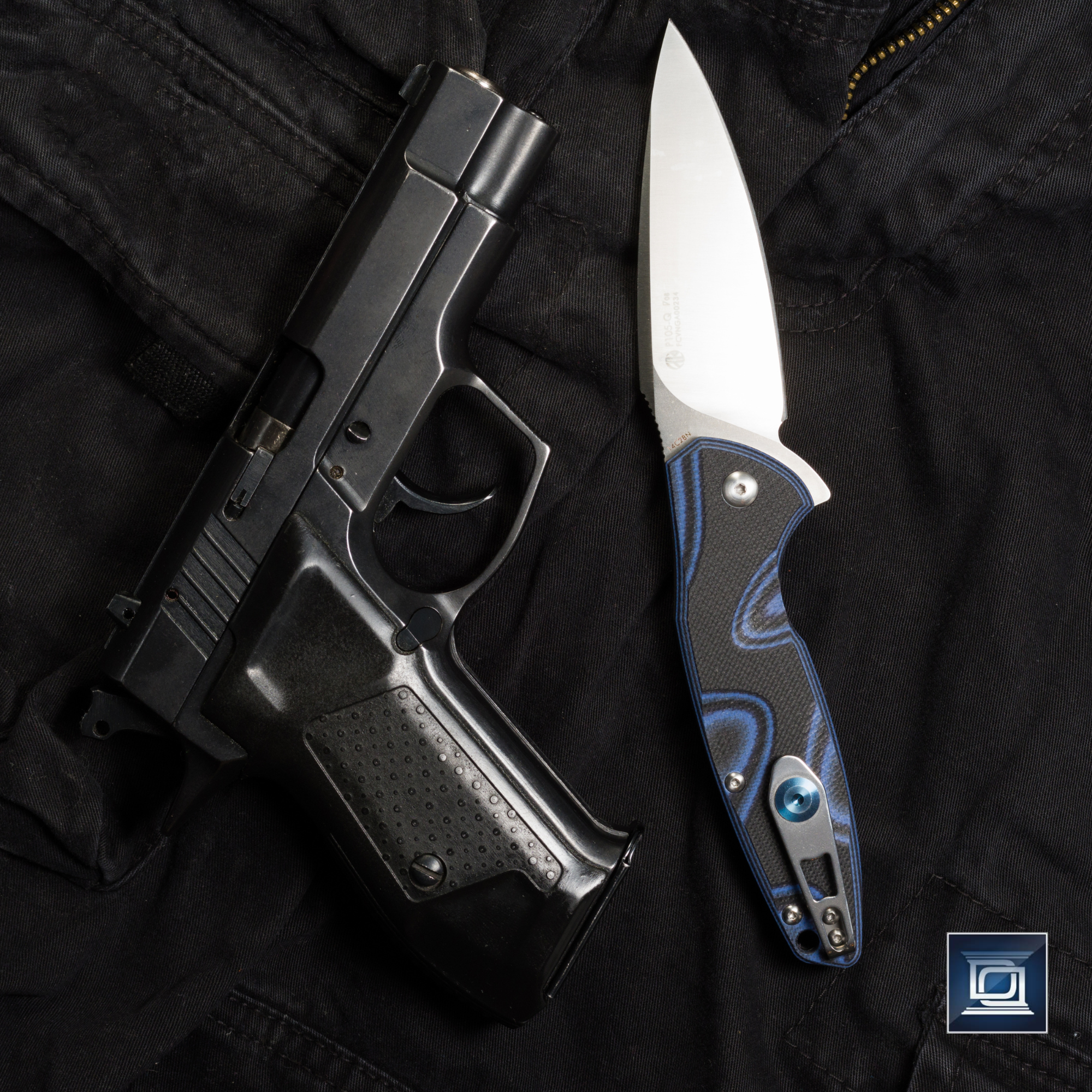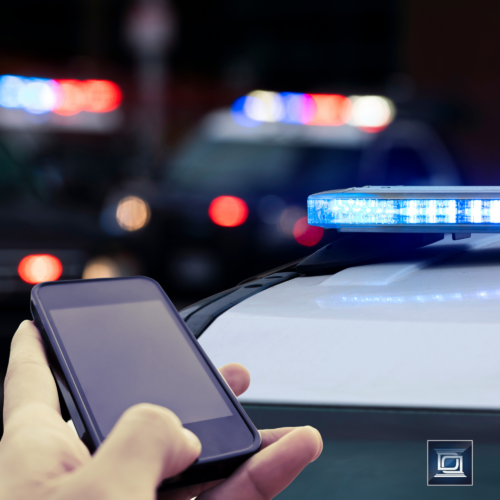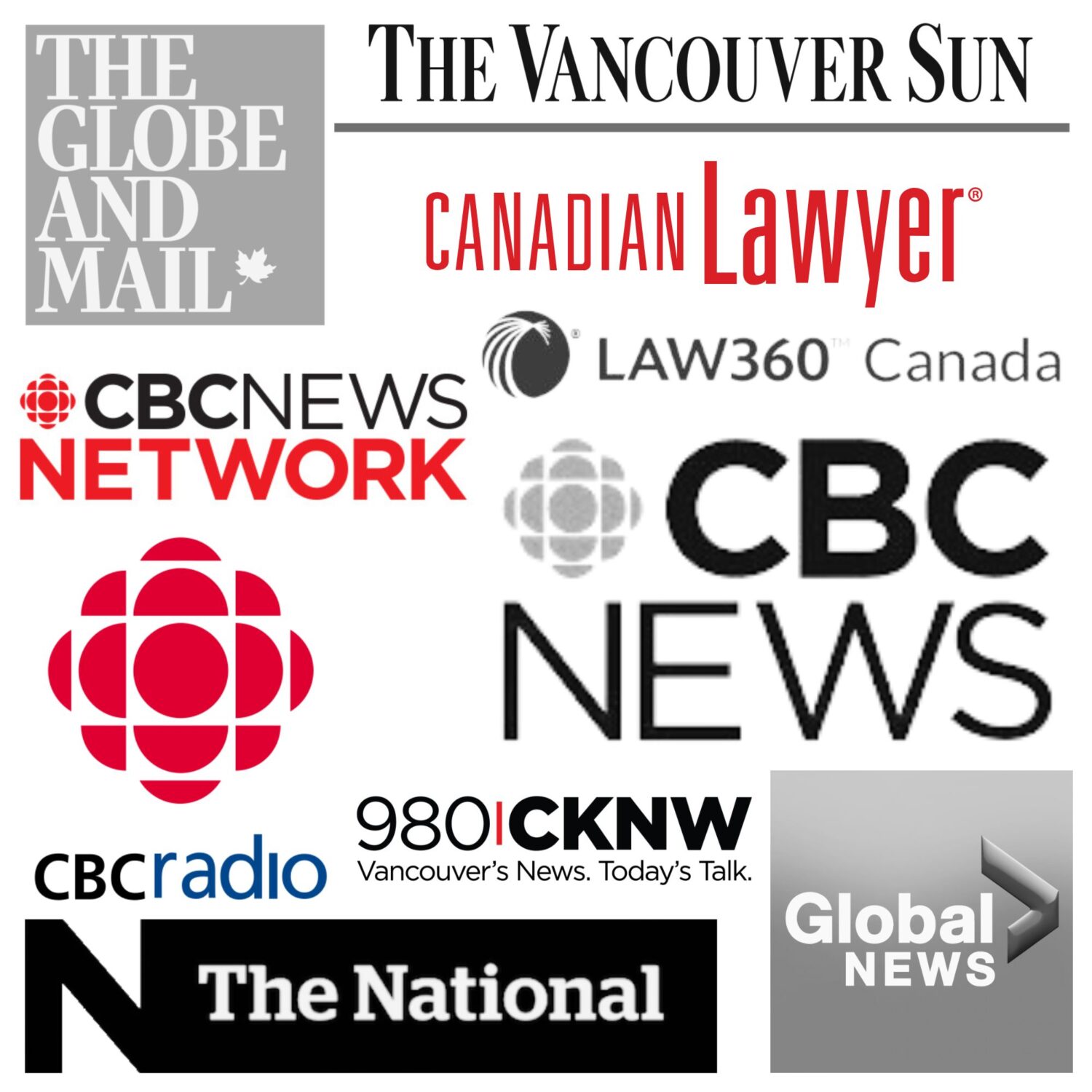Weapons offences are taken very seriously in British Columbia (BC), as they are in most jurisdictions. The possession, use, or trafficking of weapons without proper authorization can lead to severe criminal charges and penalties.
In BC, weapons offences are governed by the Criminal Code of Canada, and penalties can range from fines to lengthy imprisonment, depending on the nature and severity of the offence. Some examples of weapons offences in BC include:
- Possession of prohibited or restricted firearms: It is illegal to possess certain types of firearms in Canada, such as fully automatic weapons or sawed-off shotguns, without proper authorization. Possession of these firearms can lead to charges and penalties.
- Unlawful use of a weapon: It is illegal to use a weapon in a way that endangers or threatens the safety of others. This can include using a firearm to intimidate someone or using a weapon in the commission of a crime.
- Possession of a weapon for a dangerous purpose: It is illegal to possess a weapon with the intent to use it to commit a crime or to threaten the safety of others.
- Trafficking in weapons: It is illegal to buy, sell, or transport weapons without proper authorization. This includes firearms, ammunition, and other types of weapons.
The severity of the penalty for a weapons offence in BC will depend on various factors, such as the type of weapon involved, whether it was used to commit a crime, and whether anyone was injured or killed as a result of the offence. Penalties can range from fines to imprisonment for several years, and in some cases, a life sentence may be imposed.

Penalties for Weapons Offences in BC
There are many different weapons offences, each with its own set of penalties. As previously stated, these penalties vary, depending on the type of weapon or the circumstances surrounding the offence.
Additionally, these charges can stack up, and you can be charged with multiple different weapons offences at once.
Here are some examples of weapons offences and their respective penalties:
- Possession of a prohibited weapon: Up to 10 years imprisonment and/or a fine of up to $5000.
- Unauthorized possession of a firearm: Up to 5 years imprisonment and/or a fine of up to $5000.
- Careless use or storage of a firearm: Up to 2 years imprisonment and/or a fine of up to $5000.
- Possession of a firearm contrary to a prohibition order: Up to 10 years imprisonment and/or a fine of up to $5000.
- Using a firearm to commit an offense: Mandatory minimum sentence of 4 years imprisonment and a maximum sentence of life imprisonment.
- Possession of a loaded prohibited firearm: Up to 10 years imprisonment and/or a fine of up to $5000.
- Possession of a weapon for a dangerous purpose: Up to 10 years imprisonment and/or a fine of up to $5000.
- Trafficking firearms or prohibited weapons: Up to 10 years imprisonment and/or a fine of up to $5000.
- Pointing a firearm: Up to 5 years imprisonment and/or a fine of up to $5000.
- Using a firearm in the commission of an indictable offense: Additional mandatory minimum sentences ranging from 1 to 10 years, depending on the offense.
You can learn more about firearms charges specifically in our Guide to Firearms Offences in British Columbia.

Types of Prohibited Weapons
There are many different weapons and types of weapons that are prohibited in Canada – meaning that if you’re caught with one, you will be automatically charged with possession of a prohibited weapon.
The list of prohibited weapons is not exhaustive, and changes somewhat regularly, but common weapons that are prohibited include:
- Automatic firearms: These are firearms that can fire more than one shot with a single pull of the trigger. They are prohibited in Canada.
- Short-barreled handguns and rifles: These are firearms that have a barrel length of less than 105 mm for handguns and less than 457 mm for rifles. They are prohibited in Canada.
- Converted automatic firearms: These are firearms that have been altered to fire automatically or semi-automatically. This includes modifications such as bump stocks. They are prohibited in Canada.
- Centrefire firearms with a bore diameter of 20 mm or greater: These are firearms with a large bore diameter and are typically designed for military use. They are prohibited in Canada.
- Brass knuckles, nunchucks, shuriken, and other weapons designed for concealed use: These weapons are prohibited in Canada.
One tricky part of the Criminal Code is that much of the language around weapons offences is written specifically to not limit what is considered a prohibited weapon. This means that you may own a weapon that isn’t explicitly on the list, but falls under the category of “weapons designed for concealed use,” or another clause designed as a “catch-all” for weapons.
It is incredibly difficult and nearly impossible to argue that a weapon is not in fact prohibited by yourself, so if you’re facing a weapons charge, you will need to retain the services of a criminal defence lawyer.
The lawyers at Dhanu Dhaliwal Law Group can help you defend against weapons offences and seek the best possible outcome of your case. Get in touch with our team today if you were charged with a weapons offence.

Non-Restricted Weapons
Most of the laws pertaining to non-restricted weapons revolve around firearms.
In Canada, non-restricted firearms are firearms that are not prohibited or restricted under the Firearms Act and its regulations. Non-restricted firearms are typically rifles and shotguns, and they can be used for hunting, sport shooting, and other lawful activities.
Here are some characteristics of non-restricted firearms in Canada:
- They are typically long guns, such as rifles and shotguns, and have a barrel length of at least 18.5 inches (47 cm) and an overall length of at least 26 inches (66 cm).
- They can have a maximum magazine capacity of five rounds for rifles, or seven rounds for shotguns.
- They can be used for hunting and sport shooting, as well as for personal protection in certain circumstances.
Non-restricted firearms do not require a special license to possess, but individuals must still obtain a Possession and Acquisition License (PAL) from the Canadian Firearms Program. PAL holders are also required to follow certain regulations for safe storage and transport of firearms.
Remember that even if you own a non-restricted firearm, you can still get charged with a weapons offence if you do not abide by the regulations for safe storage and transport. You should also know that weapons laws change, and it is important to stay up to date about the laws pertaining to firearms, or at least the laws pertaining to weapons you may own.
Restricted Weapons
The category of restricted weapons differs from that of prohibited weapons. While prohibited weapons cannot be owned by a civilian under any circumstance, restricted weapons can be owned under certain circumstances, licensure, or government approval.
Restricted firearms and weapons are typically handguns and certain types of rifles and shotguns. These guns can be used for lawful activities such as target shooting, sport shooting, and collection.
Here are some characteristics of restricted firearms and weapons in Canada:
- They include handguns that are not prohibited, as well as certain rifles and shotguns that have certain features, such as a short barrel length, that make them easier to conceal.
- They can only be possessed with a valid Possession and Acquisition License (PAL) that is endorsed for restricted firearms, as well as an Authorization to Transport (ATT) that allows the owner to transport the firearm between specific locations, such as a shooting range or gunsmith.
- They can only be used at an approved shooting range, or in certain circumstances, such as for certain types of wilderness protection.
It is crucially important to have a deep understanding of the law when owning a restricted weapon, as just one mistake can put you in jail for a weapons offence.
In short, weapons offences are very serious. Serious enough that you should never try to take on a weapons offence on your own.
Contact the offices of Dhanu Dhaliwal Law Group today to get the best criminal defence team in BC fighting for you. Rob Dhanu, our founder and lead criminal defence attorney has extensive experience representing clients charged with criminal offences, and as a former Crown prosecutor, has an in-depth understanding of the opposition. Get in touch by filling out our contact form or by calling our Abbotsford office or our Surrey office.
Sources & Criminal Code
We’ve attached these direct quotes from the Criminal Code pertaining to weapons offences for your reference:
-
Possession of Weapon Obtained by Commission of Offence
- 96 (1) Subject to subsection (3) [possession of weapon obtained by commission of offence – exception], every person commits an offence who possesses a firearm, a prohibited weapon, a restricted weapon, a prohibited device or any prohibited ammunition that the person knows was obtained by the commission in Canada of an offence or by an act or omission anywhere that, if it had occurred in Canada, would have constituted an offence.
- Punishment
(2) Every person who commits an offence under subsection (1) [possession of weapon obtained by commission of offence – offence]
- (a) is guilty of an indictable offence and liable to imprisonment for a term not exceeding ten years and to a minimum punishment of imprisonment for a term of one year; or
- (b) is guilty of an offence punishable on summary conviction.
- Exception
(3) Subsection (1) [possession of weapon obtained by commission of offence – offence] does not apply to a person who comes into possession of anything referred to in that subsection by the operation of law and who lawfully disposes of it within a reasonable period after acquiring possession of it.
Breaking and Entering to Steal Firearm
- Breaking and entering to steal firearm
98 (1) Every person commits an offence who
- (a) breaks and enters a place with intent to steal a firearm located in it;
- (b) breaks and enters a place and steals a firearm located in it; or
- (c) breaks out of a place after
- (i) stealing a firearm located in it, or
- (ii) entering the place with intent to steal a firearm located in it.
- Definitions of “break” and “place”
(2) In this section, “break” has the same meaning as in section 321 [offences against rights of property – definitions], and “place” means any building or structure — or part of one — and any motor vehicle, vessel, aircraft, railway vehicle, container or trailer.
- Entrance
(3) For the purposes of this section,
- (a) a person enters as soon as any part of his or her body or any part of an instrument that he or she uses is within any thing that is being entered; and
- (b) a person is deemed to have broken and entered if he or she
- (i) obtained entrance by a threat or an artifice or by collusion with a person within, or
- (ii) entered without lawful justification or excuse by a permanent or temporary opening.
- Punishment
(4) Every person who commits an offence under subsection (1) [breaking and entering to steal firearm] is guilty of an indictable offence and liable to imprisonment for life.
R.S., 1985, c. C-46, s. 98; R.S., 1985, c. 27 (1st Supp.), s. 13; 1991, c. 40, s. 11; 1995, c. 39, s. 139; 2008, c. 6, s. 9.
[annotation(s) added]





